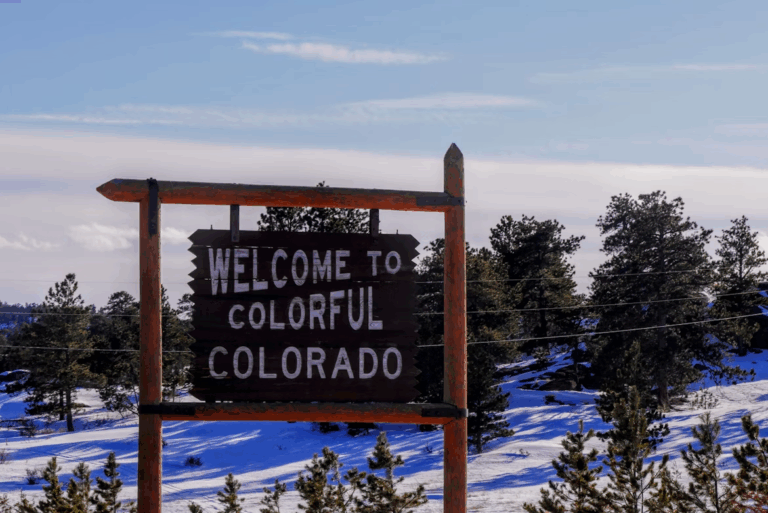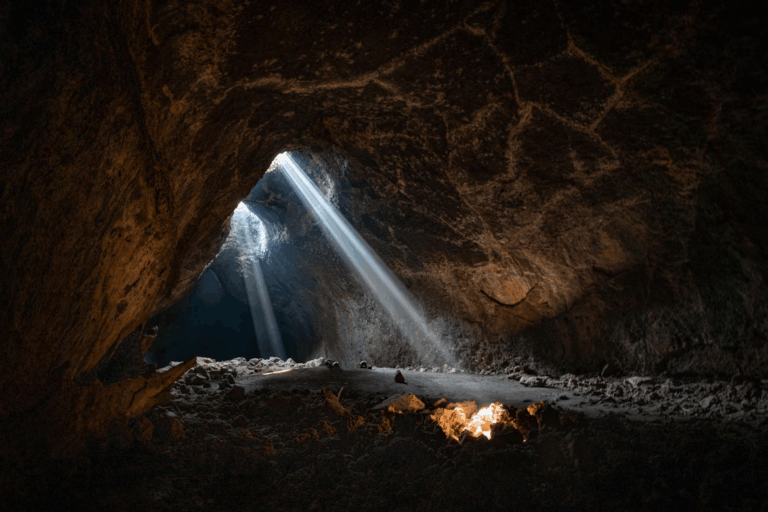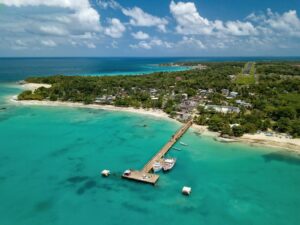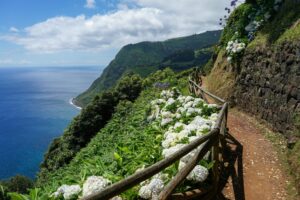
Every year, millions of adventurers flock to pristine wilderness areas, yet few truly master the delicate art of leaving no trace in Glaciers Park. The secret lies not just in following basic guidelines, but in understanding the profound impact every footstep has on these rapidly disappearing frozen landscapes.
Glaciers Park faces unprecedented challenges as global temperatures rise twice as fast as the worldwide average. This acceleration makes the fragile ecosystems within these parks incredibly vulnerable to human impact. When you master the art of leaving no trace in Glaciers Park, you become part of an elite group of outdoor enthusiasts who understand that preservation requires more than good intentions—it demands specific, actionable techniques.
The seven secret tips revealed in this comprehensive guide will transform how you experience wilderness areas while ensuring these magnificent landscapes remain untouched for future generations. These aren’t just suggestions; they’re proven strategies that environmental scientists and park rangers have perfected through decades of research and field experience.
Why No Trace Principles Matter More Than Ever in Glaciers Park
The increasing popularity of glacier destinations has created an environmental crisis that most visitors never see. Since 2020, visitation has spiked dramatically, causing unprecedented strain on delicate alpine ecosystems. Understanding no trace principles in Glaciers Park isn’t just about following rules—it’s about recognizing that these environments exist at a tipping point.
Glacial environments represent some of Earth’s most sensitive ecosystems. A single misplaced footstep can damage vegetation that takes decades to recover. When hundreds of thousands of visitors make similar mistakes, the cumulative impact becomes devastating.
The art of leaving no trace in Glaciers Park requires understanding that every action creates ripple effects throughout interconnected ecosystems. Wildlife behavior changes, water quality deteriorates, and rare plant species disappear when visitors fail to implement proper techniques.
1. Master Advanced Planning for Glaciers Park Adventures
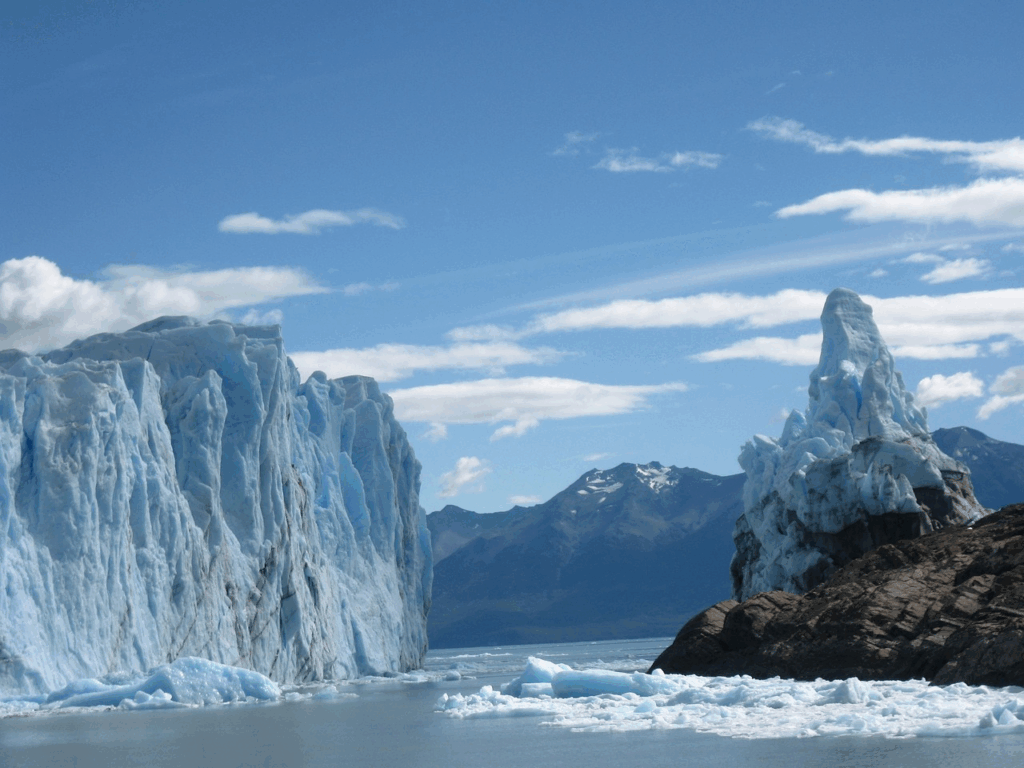
The first secret to achieving no trace status in Glaciers Park begins long before you set foot on any trail. Advanced planning involves researching far beyond basic weather forecasts and trail maps. True no trace practitioners study wildlife migration patterns, seasonal vegetation cycles, and current environmental stressors affecting specific areas.
Research glacier-specific regulations that change throughout the year. Many areas implement rotating closures to protect wildlife during critical seasons. Understanding these patterns allows you to time your visit when your presence creates minimal ecological disruption.
Study topographical maps to identify areas where fragile vegetation occurs. Alpine plants grow incredibly slowly in glacier environments, making recovery from damage nearly impossible within human timescales. Planning your route to avoid these sensitive zones demonstrates mastery of no trace principles.
Weather preparation in glacier environments requires understanding microclimate variations. Sudden storms can force emergency decisions that often result in environmental damage. Proper preparation includes backup plans that maintain no trace standards even during unexpected situations.
Equipment selection plays a crucial role in achieving no trace status. Choose gear made from sustainable materials and designed for minimal environmental impact. Lightweight equipment reduces trail wear, while durable items prevent gear abandonment that pollutes pristine environments.
2. Navigate Durable Surfaces Like a Glacier Expert
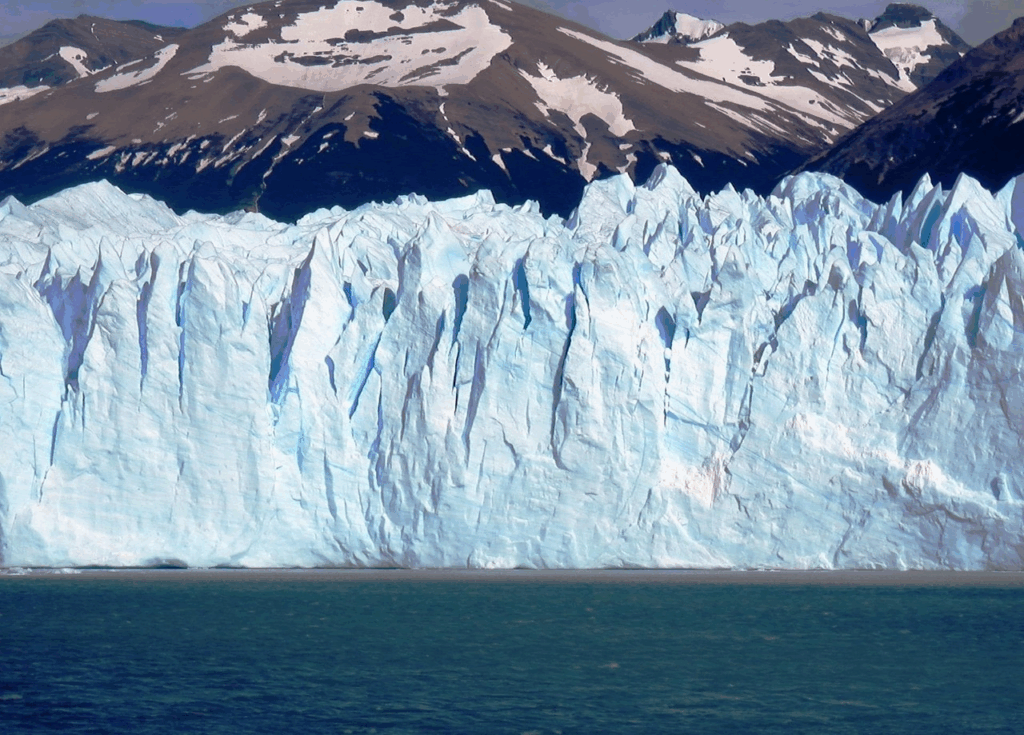
Understanding surface durability in glacier environments separates novice hikers from true no trace practitioners. Not all surfaces that appear solid can withstand foot traffic without lasting damage. Rock surfaces, compacted snow, and established trails represent your primary options for movement through glacier areas.
When established trails exist, staying precisely on designated paths becomes critical. Trail widening occurs when hikers cut corners or walk beside muddy sections. This behavior destroys adjacent vegetation and creates erosion patterns that permanently alter landscape appearance.
Off-trail travel in glacier environments requires advanced surface assessment skills. Rocky surfaces and permanent snow fields can support foot traffic, but wet meadows and loose soil create lasting damage. Learning to read terrain conditions allows experienced adventurers to explore without impact.
Group travel strategies significantly affect surface impact. Single-file travel on established trails minimizes trail widening. When traveling off-trail, spreading out prevents concentrated impact that creates new trail formations.
Seasonal considerations affect surface durability dramatically. Spring conditions make many surfaces vulnerable that remain stable during other seasons. Understanding these seasonal variations allows skilled outdoor enthusiasts to time their visits for minimal impact.
3. Waste Management Mastery in Pristine Glacier Environments

Waste management in glacier environments requires techniques that go far beyond basic pack-it-out principles. Cold temperatures slow decomposition rates dramatically, making organic waste persist for years longer than in temperate climates. Understanding these extended timelines changes how responsible visitors handle all waste products.
Human waste management requires special consideration in glacier areas. Leave No Trace Center guidelines emphasize proper techniques for different environments. Glacier areas often lack suitable soil for catholes, making portable waste systems essential for true no trace practices.
Water contamination presents unique challenges in glacier environments. Soap residues, even biodegradable varieties, can persist in cold water systems for extended periods. Greywater disposal requires careful site selection away from water sources and consideration of drainage patterns.
Food waste management extends beyond obvious leftovers. Fruit peels, nut shells, and other organic materials that seem harmless create wildlife habituation problems and introduce non-native materials into pristine ecosystems. Complete pack-out policies prevent these subtle forms of environmental contamination.
Micro-trash presents the most insidious waste challenge. Small items like wrapper fragments, zipper pulls, and equipment pieces create lasting pollution in environments where decomposition occurs slowly. Regular gear inspections and careful packing prevent accidental littering.
4. Preserve Cultural and Natural Artifacts in Glacier Regions
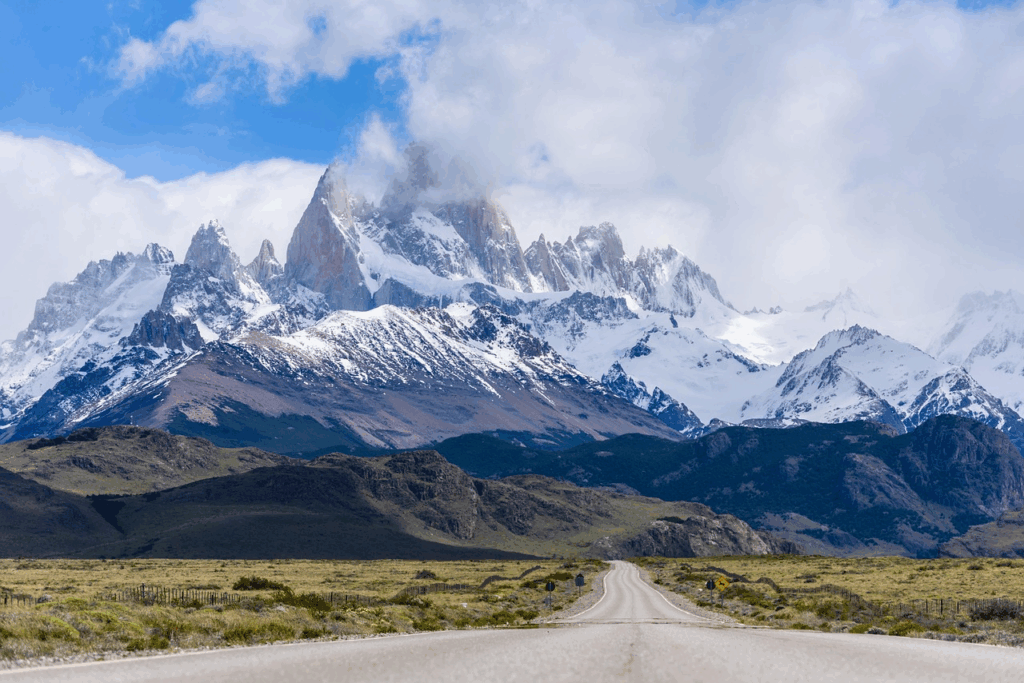
Glacier environments contain irreplaceable natural and cultural artifacts that require advanced preservation techniques. Understanding what constitutes an artifact extends beyond obvious historical items to include geological formations, rare plant specimens, and wildlife evidence.
Geological formations in glacier areas tell stories spanning thousands of years. Rock cairns, natural mineral deposits, and erosion patterns provide scientific data about climate history and geological processes. Disturbing these formations destroys irreplaceable research opportunities.
Indigenous cultural sites exist throughout many glacier regions, often unmarked and unrecognized by casual visitors. Learning to identify potential cultural significance helps prevent accidental damage to sacred sites and historical resources. Consultation with local indigenous groups provides valuable context for responsible visitation.
Biological artifacts include rare plant communities, wildlife tracks, and natural animal structures. Collecting “souvenirs” disrupts ecological research and removes elements that contribute to ecosystem function. True no trace practitioners observe and photograph without removing anything.
Scientific equipment and research materials require special respect. Many glacier areas host ongoing research projects with sensitive monitoring equipment. Understanding how to identify and avoid interfering with scientific work demonstrates advanced environmental stewardship.
5. Eliminate Fire Impact Through Advanced Techniques
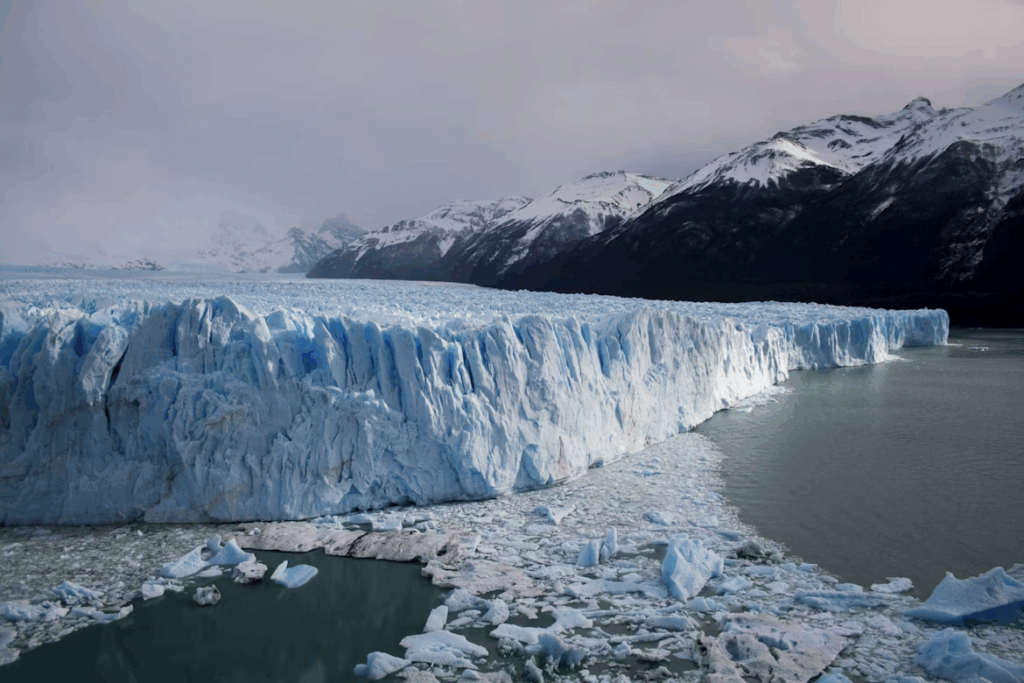
Perito Moreno Glacier, Argentina
Fire management in glacier environments requires complete elimination rather than minimization. The combination of slow vegetation recovery, unpredictable weather patterns, and limited firefighting access makes any fire extremely dangerous in these pristine areas.
Portable cooking systems provide superior performance compared to fires while eliminating environmental risk. Modern stoves work efficiently in cold conditions and high altitudes typical of glacier environments. National Park Service fire guidelines emphasize stove use in sensitive areas.
Cold-weather cooking strategies help outdoor enthusiasts prepare satisfying meals without requiring fires. Understanding caloric needs in cold environments and planning appropriate foods reduces the temptation to build warming fires.
Emergency warmth techniques focus on insulation and shelter rather than fires. Proper clothing systems, emergency shelters, and body heat management provide safer alternatives to fires in glacier environments where rescue access is limited.
Fuel storage and handling requires special attention in cold environments. Understanding how different fuel types perform in low temperatures prevents equipment failures that might lead to emergency fire situations.
6. Wildlife Interaction Mastery for Glacier Environments
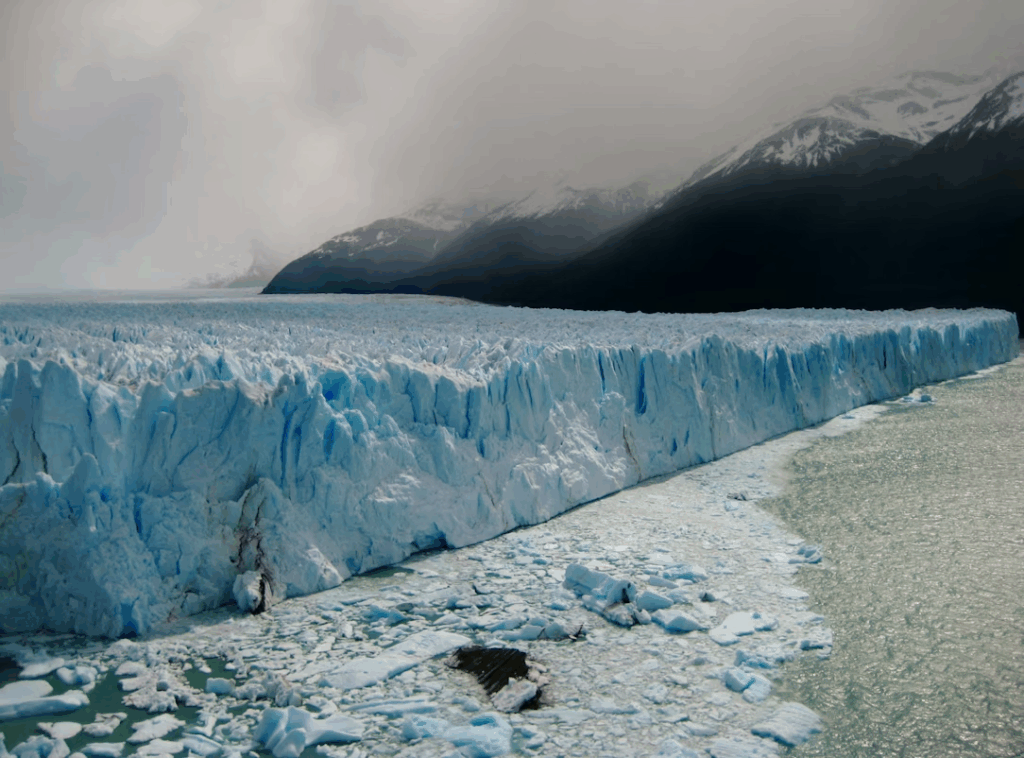
Wildlife encounters in glacier environments require advanced techniques that protect both animals and visitors while minimizing ecosystem disruption. Understanding animal behavior in these extreme environments allows skilled outdoor enthusiasts to observe wildlife without causing stress or behavioral changes.
Distance management varies by species and environmental conditions. Bears require minimum distances of 100 yards, while mountain goats need 50 yards. However, weather conditions, terrain features, and animal behavior can require much greater distances to prevent stress and maintain safety.
Food storage in glacier environments faces unique challenges from both weather and wildlife. Temperature variations affect container performance while determined animals can access poorly secured food. World Economic Forum research highlights the importance of proper food storage in preserving wildlife behavior.
Noise management becomes critical in glacier environments where sound carries farther and wildlife depends on acoustic communication. Understanding how human noise affects different species allows thoughtful visitors to minimize behavioral disruption.
Seasonal sensitivity requires understanding breeding cycles, migration patterns, and resource availability that affects wildlife stress levels. Timing visits to avoid critical wildlife periods demonstrates advanced environmental awareness.
Photography ethics in glacier environments require balancing documentation desires with wildlife welfare. Using longer lenses, avoiding flash photography, and limiting time spent near animals helps maintain natural behaviors.
7. Social Responsibility and Group Dynamics in Pristine Areas
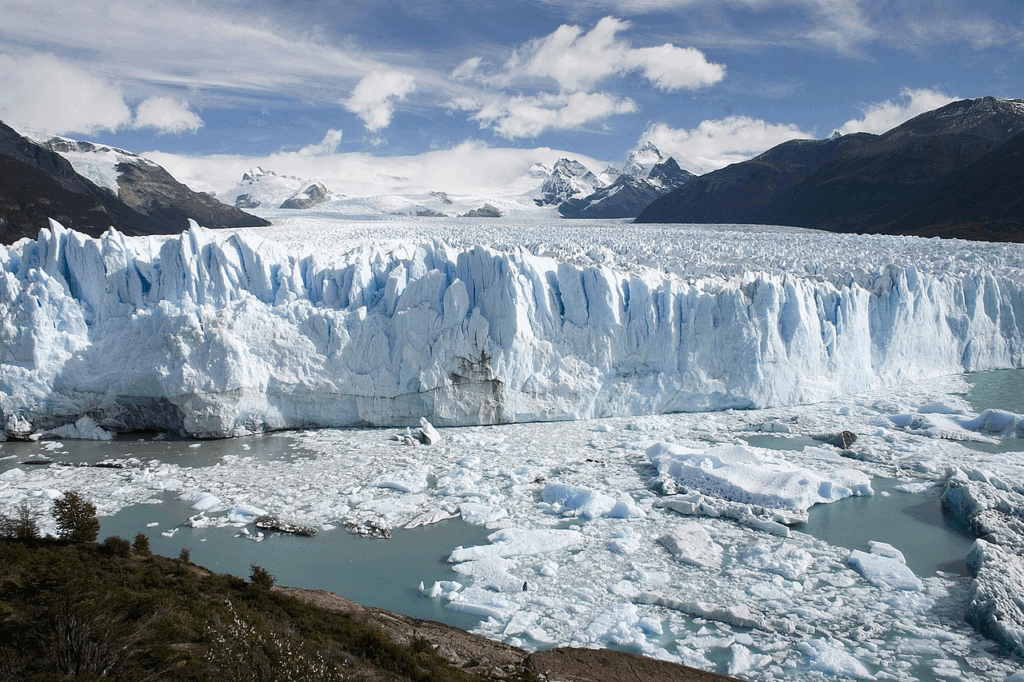
The final secret to mastering no trace principles in Glaciers Park involves understanding how group dynamics and social interactions affect environmental impact. Large groups create concentrated impact that exceeds the carrying capacity of fragile glacier environments.
Group size limitations help distribute impact across larger areas and time periods. Splitting large groups into smaller units reduces trail wear, campsite impact, and wildlife disturbance while improving everyone’s wilderness experience.
Noise management extends beyond wildlife considerations to include other visitor experiences. Glacier environments attract people seeking solitude and connection with nature. Respectful sound levels preserve the acoustic environment that makes these places special.
Trail etiquette in glacier areas requires understanding right-of-way principles and efficient passing techniques. Uphill travelers generally have right-of-way, while hikers yield to stock animals. Understanding these principles prevents trail damage from inefficient encounters.
Educational leadership within groups spreads no trace knowledge to other visitors. Experienced outdoor enthusiasts who model proper techniques and share knowledge create positive environmental outcomes that extend beyond their immediate group.
Conflict resolution skills help address situations where other visitors aren’t following no trace principles. Approaching these situations with education rather than confrontation creates positive outcomes while maintaining the respectful atmosphere that makes wilderness experiences meaningful.
Advanced Techniques for Different Glacier Environments
Different types of glacier environments require specialized no trace techniques. Alpine glaciers present different challenges than coastal glaciers, while ice caves and glacier-fed lakes each have unique considerations.
Alpine glacier areas experience extreme temperature variations and unpredictable weather. These conditions affect surface stability, wildlife behavior, and visitor safety. Understanding these patterns allows experienced adventurers to plan activities that minimize environmental stress.
Coastal glacier environments face additional pressures from marine ecosystems and changing sea levels. Tidal considerations, saltwater effects on vegetation, and marine wildlife interactions require specialized knowledge for responsible visitation.
Glacier-fed water systems maintain extremely cold temperatures and unique mineral compositions. Understanding how these systems function helps visitors avoid disrupting water quality and aquatic ecosystems that depend on specific conditions.
Seasonal Strategies for Year-Round No Trace Practices
Each season presents unique challenges and opportunities for implementing no trace principles in Glaciers Park. Understanding seasonal variations allows skilled outdoor enthusiasts to time activities for minimal impact while maximizing personal experience.
Spring visitation requires understanding snowmelt patterns, wildlife emergence, and changing surface conditions. Early season travel can cause significant damage to areas still recovering from winter conditions.
Summer represents peak visitation periods when implementing no trace principles becomes most critical. Higher temperatures, active wildlife, and increased visitor numbers create cumulative impacts that require careful management.
Fall conditions present opportunities for reduced-impact visitation while creating challenges from unpredictable weather and wildlife preparation for winter. Understanding these dynamics helps visitors plan appropriate activities.
Winter travel requires specialized skills and equipment while offering opportunities for minimal-impact exploration of areas inaccessible during other seasons. Understanding winter ecology and safety considerations allows responsible cold-weather adventures.
Technology and Innovation in No Trace Practices

Modern technology offers tools that can either enhance or detract from no trace principles in Glaciers Park. Understanding how to use technology responsibly helps outdoor enthusiasts document experiences while maintaining environmental integrity.
GPS devices and smartphone apps can help visitors stay on designated trails and avoid sensitive areas. However, over-reliance on technology can reduce environmental awareness and connection with natural navigation skills.
Photography and social media present opportunities to educate others about no trace principles while creating risks from increased visitation to sensitive areas. Responsible sharing includes location discretion and educational content about environmental protection.
Emergency communication devices improve safety while reducing environmental impact from search and rescue operations. Understanding when and how to use these devices prevents unnecessary environmental disruption from emergency responses.
Long-term Environmental Impact and Climate Change Considerations
Climate change affects glacier environments more dramatically than most ecosystems, making no trace principles even more critical for these vulnerable areas. Understanding long-term environmental trends helps visitors appreciate the urgency of protective actions.
Glacier retreat rates have accelerated dramatically, changing access routes, wildlife habitat, and ecosystem functions. Visiting these areas responsibly helps preserve what remains while documenting changes for future generations.
Species migration and habitat changes require adaptive management of no trace principles. Traditional guidelines may need modification as ecosystems shift in response to changing environmental conditions.
Carbon footprint considerations extend beyond direct environmental impact to include transportation choices and equipment selection. Understanding these broader impacts helps environmentally conscious visitors make responsible decisions about glacier area visitation.
Conclusion: Mastering the Art of Invisible Exploration

True mastery of no trace principles in Glaciers Park transforms outdoor recreation from consumption to stewardship. When you implement these seven secret tips, you join an elite community of environmental advocates who understand that the highest form of wilderness appreciation leaves no evidence of human presence.
The techniques outlined in this comprehensive guide represent decades of research and practical experience from environmental scientists, park rangers, and dedicated outdoor enthusiasts. Each principle builds upon others to create a complete system of responsible wilderness interaction.
Remember that achieving no trace status requires continuous learning and adaptation. Environmental conditions change, scientific understanding evolves, and new challenges emerge. Committed practitioners stay informed about current research and adjust their techniques accordingly.
Your commitment to these principles extends beyond personal benefit to include preservation of irreplaceable natural resources for future generations. Every perfectly executed no trace visit contributes to the long-term protection of these magnificent environments.
The art of leaving no trace in Glaciers Park demands more than following rules—it requires developing an intimate understanding of how human actions affect complex natural systems. When you master these techniques, you discover that the most profound wilderness experiences come from moving through the landscape like wind, leaving only memories and taking only inspiration.
For those seeking additional wilderness adventures that complement glacier exploration, consider exploring other pristine environments that benefit from advanced no trace techniques. Whether you’re drawn to kayaking in Norwegian fjords or discovering remote fishing villages along the Pacific coast, the principles of responsible environmental interaction remain equally important in preserving these natural treasures for future adventurers.


